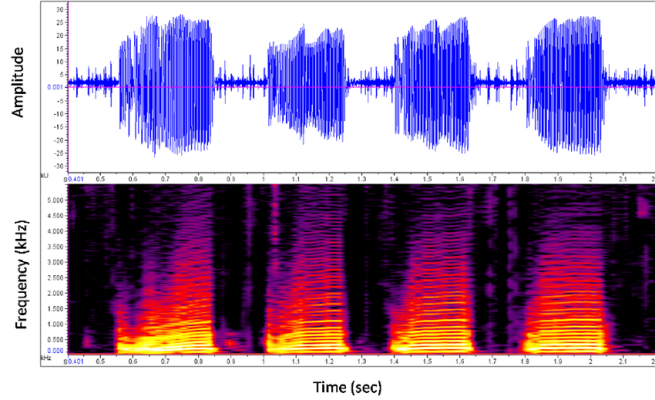Audio in machine learning is the study of using algorithms and models to process and analyze sound and speech data. The goal is to develop systems that can automatically recognize and classify audio signals, such as identifying speech, music, or other sounds.
Audio data is a type of signal processing that can be represented as a time-varying sequence of numerical values, which can be fed into machine learning algorithms to perform various tasks.
Challenges on Data-Driven Science will cover the following tasks:
Speech Recognition: Converting spoken language into text, such as transcribing speech in videos or voice assistants.
Speaker Identification: Identifying and recognizing the identity of speakers in an audio stream.
Sound Event Detection: Detecting and classifying specific sounds, such as identifying gunshots, sirens, or barking dogs.
Emotion Detection: Detecting and recognizing emotions in speech, such as anger, happiness, or sadness.
Audio Super Resolution: Enhancing the quality of low-resolution audio signals, such as increasing the clarity of recorded sound.
Speech Synthesis: Generating speech from text, such as creating text-to-speech systems.
and more.
Sign up today!

